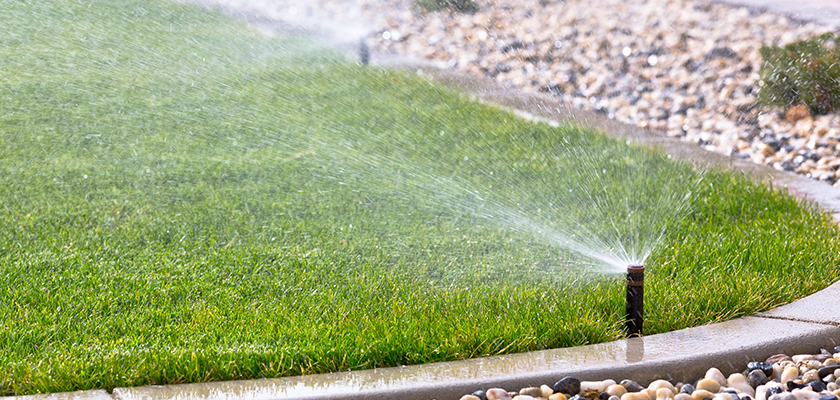
We are just a few weeks away from the winter and it is high time for you to think about winterizing your irrigation system. If you don’t focus on this, there is a high possibility for the sprinkler system to get damaged under extremely low temperatures. To make life easy for you, we thought of sharing a step by step guide that you can follow to winterize the irrigation system. All you have to do is to follow these steps and you will end up getting the best results according to your preferences.
Insulate all your assets
As the very first thing, you need to make sure that you are properly insulating all the assets. You can begin by shutting off the supply of water into the irrigation system. It is important to provide additional protection to the main shut off valve linked with your irrigation system. Hence, you should start by wrapping it with insulation material. You can use a plastic bag to wrap this valve and then cover it with foam insulation. Then you will be able to provide all the protection to the main shut off valve against harsh winter conditions.
Some of the irrigation systems don’t have this main shut off valve. If you have such an irrigation system, you are strongly encouraged to think about getting a one. In addition to that, you need to make sure that you are properly insulating all the above-ground piping that you have.
Keep control at all times
If you are having an automatic irrigation system at home, you need to make sure that you are shutting down the timer or controller. This is where you should check and see whether the controller comes along with a rain mode. You can activate that and it will automatically shut off all signals sent into the valves. You don’t need to worry too much about losing the programming information because it will not happen. The clock will run throughout the winter and you can simply activate it at the end of the season.
Drain all the pipes
Next, you will need to take appropriate measures to drain all the pipes that are linked with the irrigation system. Make sure that you remove water from all sprinklers and pipes. If not, water will freeze and expand under low temperatures. This will eventually lead the pipes to damages.
You have multiple methods to follow at the time of draining these pipes as well. There is a valve to manually drain the pipes. Or else, you can use the automatic drain valve. It is even possible for you to go ahead with air blow out a method to remove water.
It is better if you can get in touch with an irrigation specialist before doing this. Then you will be able to stay away from the potential risks that can take place. You can find lots of service providers who offer winterization services. It is a good idea to get the help of such a specialist.
Insulate all backflow preventers and protect valves
Last but not least, you need to take a look at all the backflow preventers and protect valves located above the ground and make sure that you are properly insulating them. This is where you can think about using a good quality insulation tape. While you are insulating the backflow preventers and protect valves, you need to make sure that you are never blocking the drain outlets and air vent
